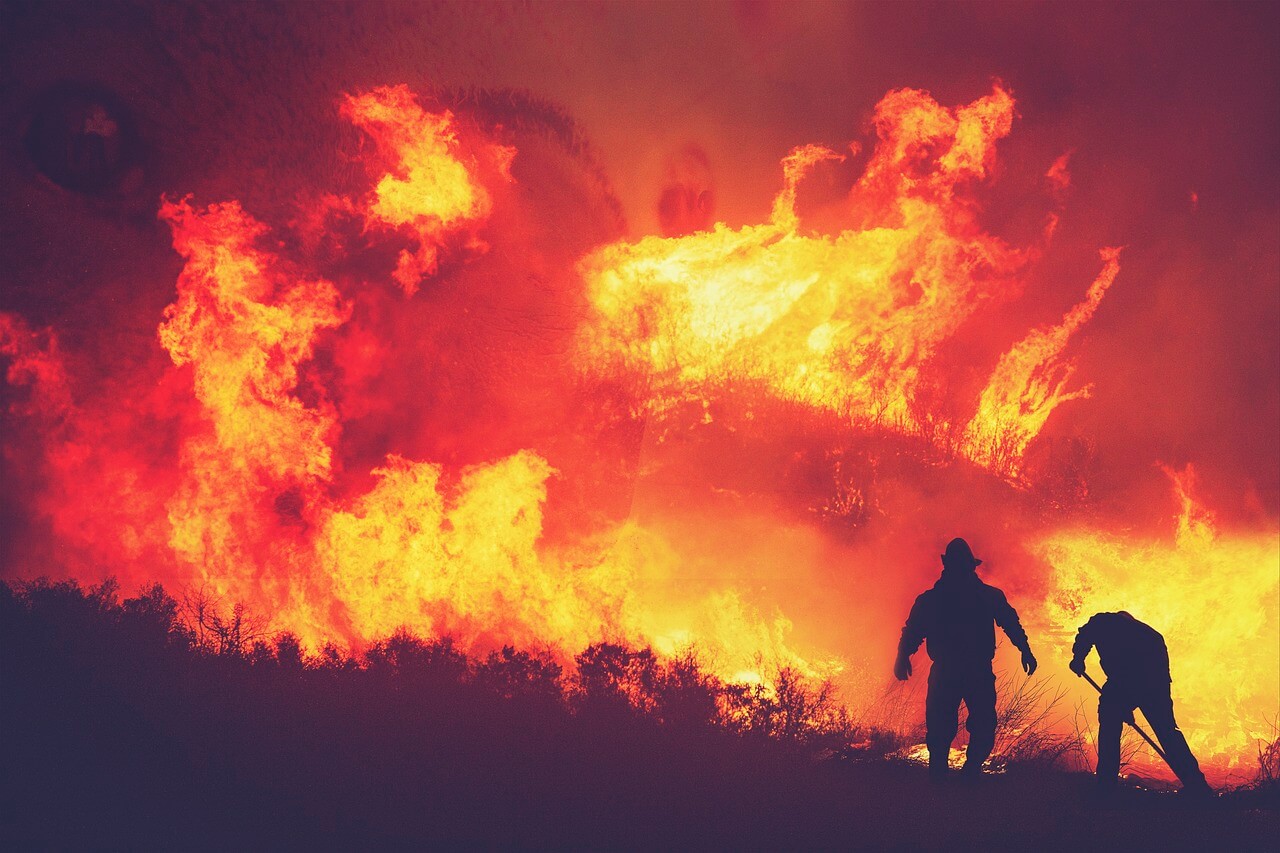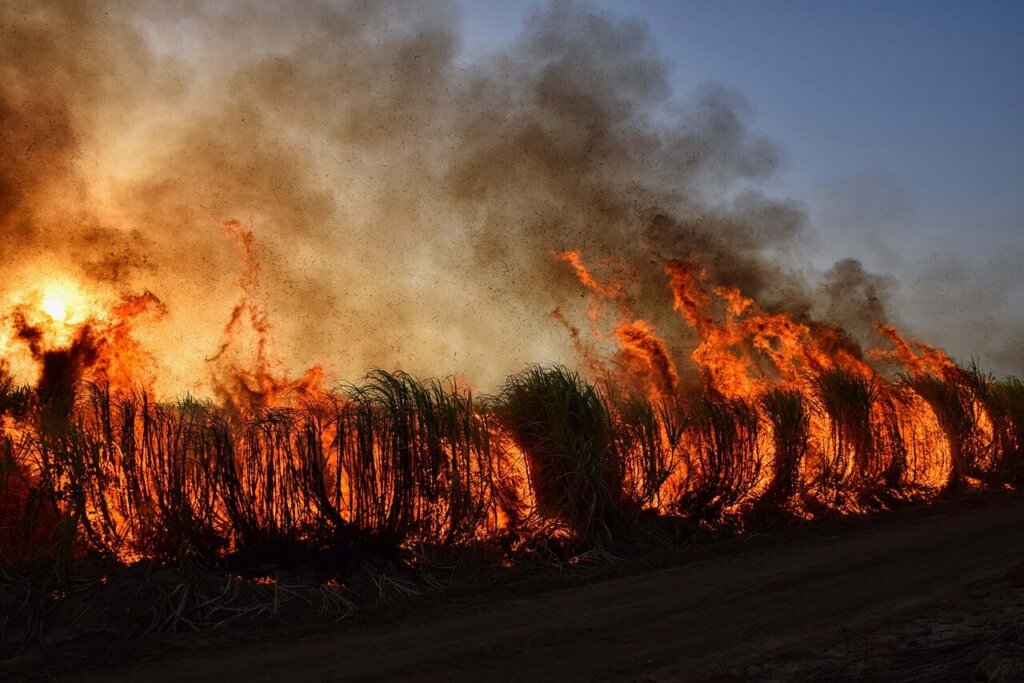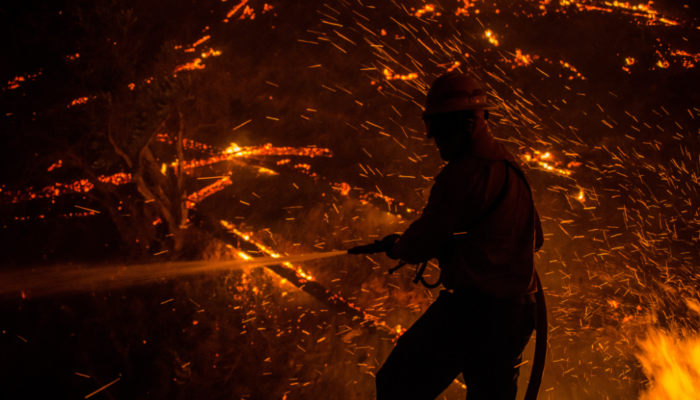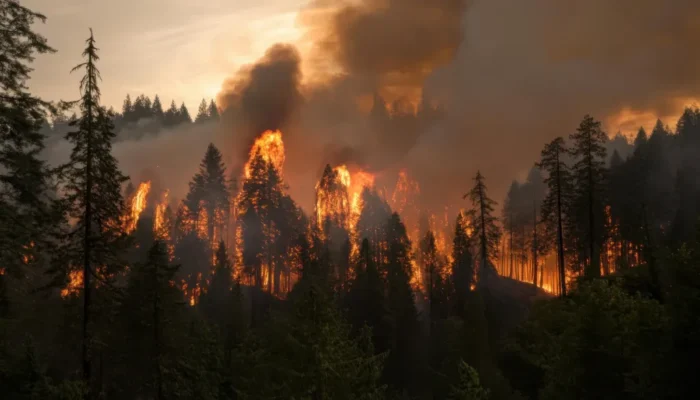The impact of wildfires is a growing concern as climate change fuels increasingly intense and frequent fires worldwide. From small, localized blazes to catastrophic wildfires that ravage vast landscapes, these events have far-reaching consequences for ecosystems and communities. While strategies like fire prevention and early detection can mitigate the risk, the unpredictable nature of wildfires makes it challenging to fully prevent their occurrence. As such, understanding the long-term effects of wildfires is crucial for effective recovery and resilience planning.
Table of Contents
ToggleHow Do Wildfires Affect the Environment?
The impact of wildfires extends far beyond what can be seen with the naked eye. Apart from the apparent destruction of land and the loss of animal and plant life, many long-term effects can affect the speed and even likelihood of wildlife recovery in burned wildland areas.
.
What Is the Environmental Impact of Large Fires?

.
- Water and air pollution: Local bodies of water are not immune to the effects of fire. Rain and floods can carry debris, sediment, and ash into the water system and contaminate it with harmful toxins that can remain in the water for many years. Similarly, air quality can also be significantly lowered due to wildfire smoke. Both air and water pollution can have many adverse human and wildlife health impacts.
- Destruction of natural habitats: The loss of flora and fauna can be counted among both the immediate and long-term effects of forest fires. It’s important to remember that a healthy ecosystem consists of interconnected elements. When even one of them is damaged all the others are affected as well. For example, without pollinators, it’s difficult for vegetation to regrow, and without plants, herbivores cannot rebuild their populations. This, in turn, affects the number of carnivores. The problem with wildfires is that they impact the entire ecosystem at once, making its recovery very difficult.
- Increased risk of soil erosion: When a wildfire destroys vegetation, including grasses, shrubs, and trees, the soil is left without any roots to stabilize it and without any protection against heavy rainfalls. Such factors can greatly impact soil quality and lead to its erosion.
- Carbon emissions: The relationship between climate change and wildfires can be described as a vicious cycle. While wildfires are becoming more frequent and devastating due to climate change, they themselves can fuel this process with the amount of methane, carbon monoxide, and carbon dioxide they release into the atmosphere.
.
Can Ecosystems Benefit From Wildfires?
While there’s no denying that extreme and recurring wildfire events can destroy entire ecosystems and make it very difficult for local plant and animal species to recover, the situation changes in the case of smaller and low-intensity vegetation fires. These can occur naturally or be started on purpose by fire or forest services as part of forest management and wildfire prevention strategies. The benefits of prescribed forest fires may include the reduction of potential wildfire fuel due to the burning of dry vegetation and dead organic matter accumulated on the forest floor, improved soil fertility, and pest and disease control, among others.
.
Wildfire Flowers: Resilient Blooms Rising from the Ashes
.
How Do Wildfires Impact Local Communities?
When it comes to the impact of wildfires on human health and assets, two main things come to mind. The most tragic is, of course, the loss of life. In terms of fatalities, we can distinguish direct (e.g., flames but also smoke inhalation) and indirect causes of death (e.g., health complications resulting from exposure to wildfire smoke). Then there is the loss of assets and property, especially homes, which can often lead to displacements and be a huge financial burden. But other effects may not be as obvious.
.
What Are the Effects of Wildland Fires on Human Health?
Even short-term wildfire smoke exposure can lead to many health complications due to the fine particulate matter it contains. The risk is especially high for people with existing respiratory health problems, such as asthma, and compromised immunity, but also during pregnancy. However, one aspect that’s often overlooked is mental health. Surviving a wildfire is a stressful and often terrifying experience that can exacerbate existing problems and increase the risk of disorders such as, e.g., PTSD.
.
Wildfires Can Significantly Damage Local Infrastructure
Wildfires can damage not only buildings and vegetation, but also roads, bridges, power lines, as well as gas and water supply infrastructure. All of this can make life very difficult even for residents whose homes weren’t destroyed. Disruptions to energy and water systems can further impede important local services and complicate post-wildfire recovery efforts.
.
What Is the Economic Impact of Wildfires?
While wildfires cause billions of dollars worth of damage each year in the United States alone, this is just one aspect that needs to be taken into account. Then there are various expenses related to the prevention, detection, and, finally, putting out forest and wildland fires. But that’s still not all. Post-wildfire recovery programs for natural habitats and communities, medical bills for wildfire-related health issues, and even the loss of income, e.g., due to business losses, increased unemployment, reduced tourism, and many other possible factors. The real cost of wildfires is very difficult to estimate.
.
What Can Be Done to Lower the Risk of Wildfires and More Effectively Protect Ecosystems and Communities?
To reduce the risk of forest fires getting out of hand and turning into extreme and devastating wildfires, various wildfire prevention methods can be implemented both at local and state levels. These include:
.
- responsible wildland management practices,
- effective smoke and fire detection systems,
- early warning systems,
- well-planned evacuation routes,
- well-trained and equipped firefighting services,
- maintaining fire breaks in forest areas,
- educational campaigns on fire safety and wildfire prevention,
- strict regulations on campfires, the use of fireworks, and waste and debris burning.
.
Effective Ways to Prevent Wildfires
.
Our automatic fire and smoke detection system can spot and recognize early signs of wildfire from afar thanks to sensitive optical sensors and the use of AI and machine-learning algorithms. If you’re looking for an effective solution to provide 24/7 protection for your property or community, contact us to find out more about our offer.




